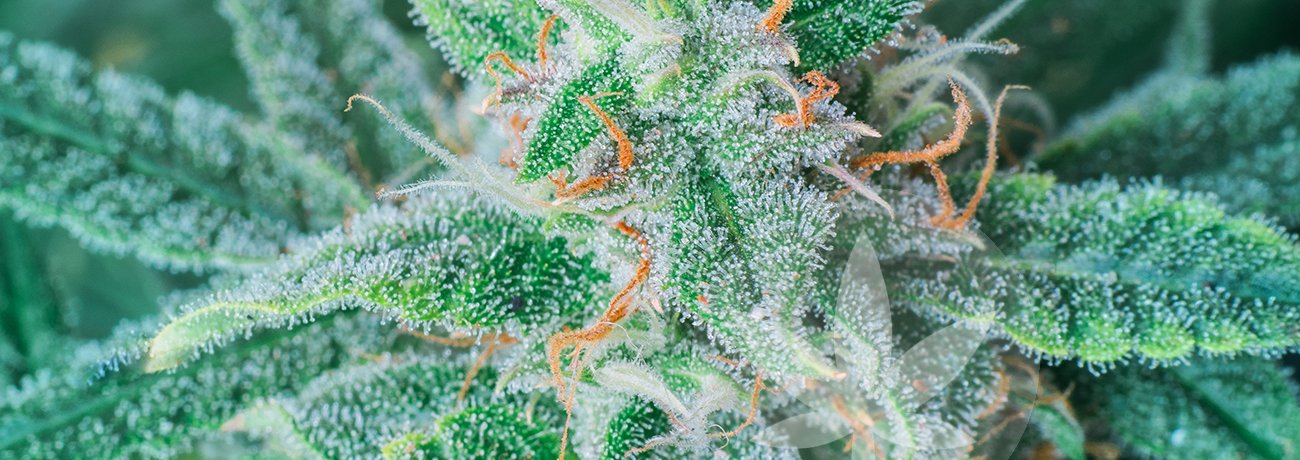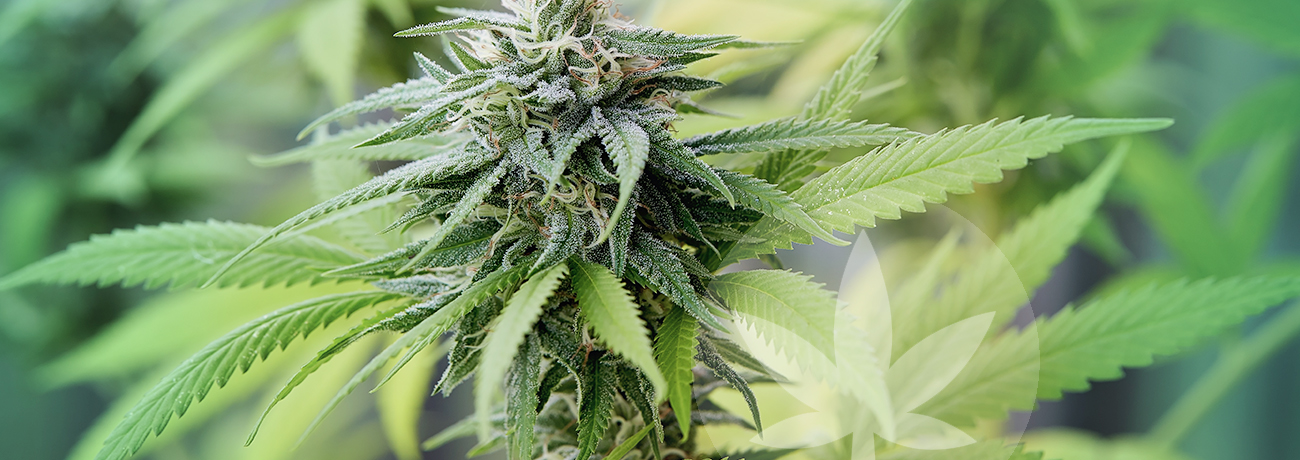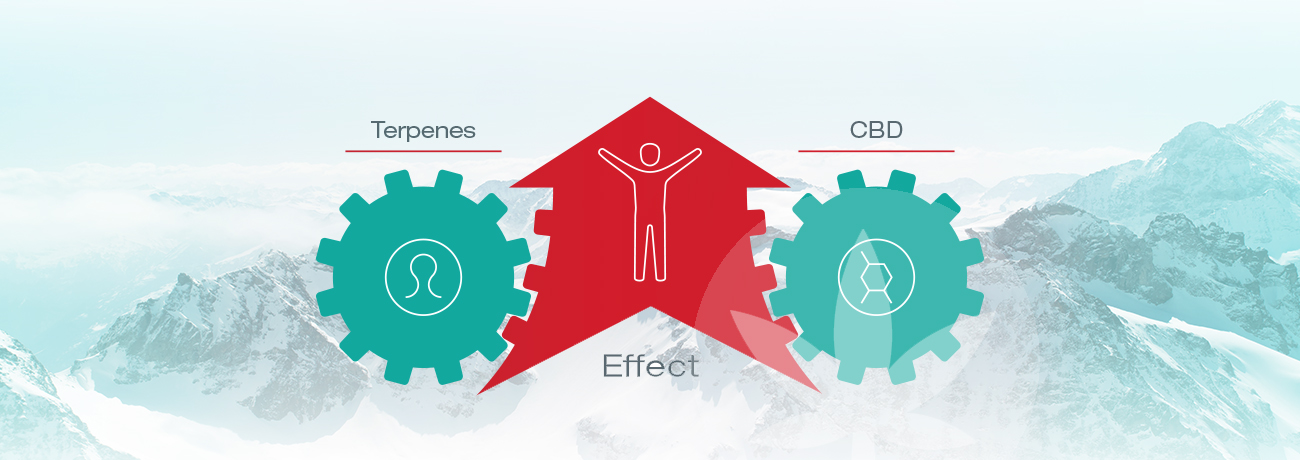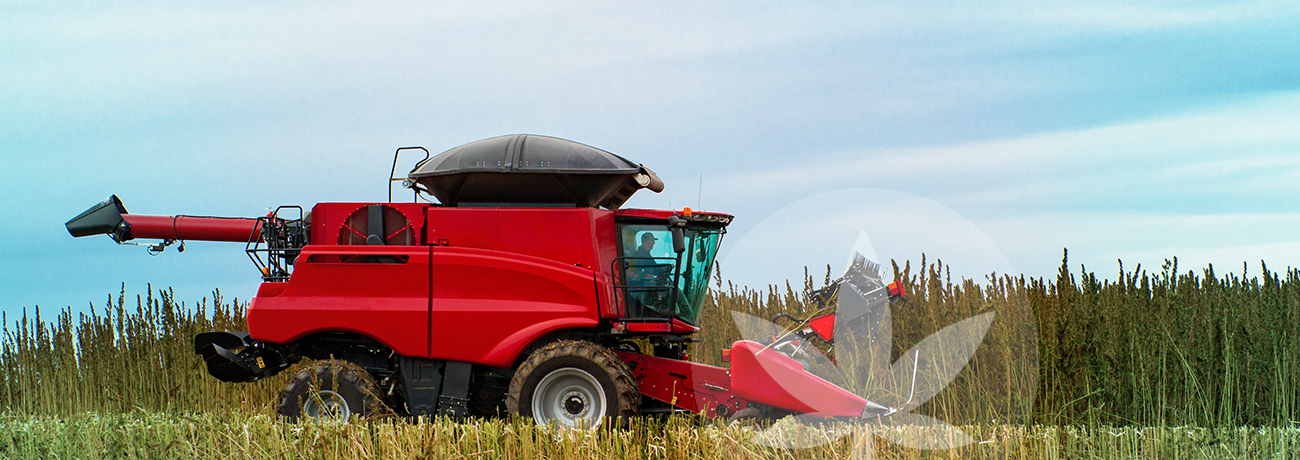Cannabinoids: The Secret Behind CBD
Last updated:
Published:
Hemp is a unique plant with a rich and tumultuous history. This one-of-a-kind crop contains over 480 naturally occurring compounds and has been cultivated throughout many regions of the world. The benefits of hemp for dietary health and wellness might appear strange at first, considering it appears much like other crops. Why then have so many cultures lauded hemp as beneficial to human nutrition? What is the secret to hemp’s power as a dietary supplement? The answers to these questions are found in cannabinoids.

WHAT ARE CANNABINOIDS?
Cannabinoids are compounds secreted in the trichomes of hemp flowers. These small, but powerful molecules are responsible for the dietary assets associated with hemp and appear in varying concentrations. Of the over 85 naturally occurring cannabinoids we know to exist, the most abundant psychoactive compound has long diverted attention away from hemp’s other beneficial cannabinoids.
The second most abundant cannabinoid is cannabidiol or CBD: a non-psychoactive, highly beneficial compound. CBD appears on average in concentrations between 1-4% in industrial hemp and has recently intrigued researchers and consumers the world over with its wholesome
nutritional benefits.
WHERE DO CANNABINOIDS COME FROM?
Although “hemp” refers to the non-psychoactive plant used for industrial, structural and nutritional purposes, it comes from the genus and species Cannabis sativa L. Cannabis has been selectively bred over decades to adopt and maintain different qualities, including increased or diminished cannabinoid concentration. While hemp contains negligible levels of psychoactive cannabinoids, (less than 0.03% on most occasions) they are bred to reach maximum levels of CBD, then processed into CBD oils and other legal nutritional supplements.
CANNABINOIDS AND HUMANS
Cannabinoids retain important implications in human subjects, communicating with our own natural endocannabinoid systems. This system helps to mediate physical and emotional functioning, essentially mirroring the effects of cannabinoids.

In action, Phytocannabinoids attach to endocannabinoid receptors CB-1 and CB-2 in different areas of the body, producing diverse effects. Depending on where cannabinoids bind, the resulting effects can take on a number of different forms. While psychoactive cannabinoids encourage mind-altering outcomes, CBD is subtly effectual and does not disrupt regular human functioning.
HOW ARE CANNABINOIDS RELATED?
Scientific research on the potency of cannabinoids has revealed powerful information on how to optimise the effects of compounds like CBD. “The Entourage Effect” as it is aptly named, details the exceptional synergistic relationship that occurs within a complex environment of cannabinoids. Essentially, cannabinoids work better together than they do when isolated. In fact, CBD and psychoactive compounds work together in a mutualistic relationship, augmenting each other's benefits, while reducing negative side effects. CBD is oft-cited as proving very effective in reducing the symptoms of anxiety spurred by psychotropic cannabinoids.
OTHER ESSENTIAL CANNABINOIDS
While all cannabinoids have a reason for existing, the two most abundant compounds appear in vastly higher concentrations than the remaining 80+. These ancillary cannabinoids include CBDa, the acidic precursor to CBD, which becomes activated through the process of decarboxylation.
CBC is the third most occurring cannabinoid and, like CBD, is non-psychoactive. CBC is a pivotal player in boosting the effectiveness of CBD through the Entourage Effect. There are dozens of other cannabinoids with unique promise on their own whose importance is further heightened in the presence of CBD.

ARE CANNABINOIDS LEGAL?
Despite how widely hemp has been cultivated throughout human history, Cannabis sativa L. has struggled to obtain mainstream support due to the presence of psychoactive cannabinoids in some strains. Until recently, CBD was not as compelling to researchers and the general public as a legitimate dietary supplement.
Now, as CBD becomes part of the nutraceutical rhetoric, it appears in diverse varieties including CBD oils, topicals and edible products. So long as it does not contain psychoactive cannabinoids, CBD products are legal in most European countries and can be used at any time of day, with no adverse or psychedelic side effects!
HOW ARE CANNABINOIDS HARVESTED?
The CBD products customers have come to know and love don’t simply appear in their finished forms as golden-hued oils or lip balms. Instead, cannabinoids are harvested, then infused into products through the process of cannabinoid extraction. This procedure introduces industrial solvents, heat, and pressure to hemp plant matter with the hope of culling high percentages of CBD.
Most high-quality CBD products undergo CO2 extraction, which is one of the “cleanest” ways to retrieve CBD. Other solvents, such as butane, are effective in harvesting CBD, but give products an unpleasant taste and may leave chemical remnants behind.

CANNABINOIDS AND THE FUTURE
Now that more people are recognising the power of CBD, the compound has appeared in isolated forms in several pharmaceutical drugs and other supplements. Additionally, some manufacturers are bypassing the time-consuming task of extracting high levels of CBD by using pure CBD crystals. These isolates contain almost 100% CBD, but fail to feature any other cannabinoids. At present, the market for CBD products is experiencing a boom and will likely to as more consumers try CBD supplements and experience the benefits for themselves!







.png)




